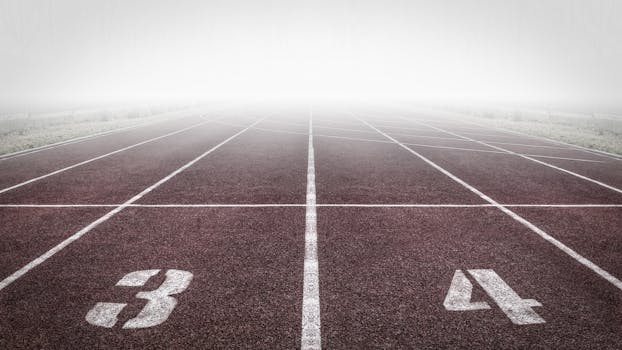
Understanding Cadence in Running
Cadence, often referred to as steps per minute (SPM), is a crucial yet sometimes overlooked aspect of running form. It simply measures how many steps you take in one minute while running. Maintaining an optimal cadence can make a significant difference in your performance and injury prevention.
Benefits of Optimal Cadence
- Reduced Risk of Injury: Higher cadence typically means shorter, quicker steps. This helps reduce the impact forces on your joints, lowering the likelihood of common running injuries like shin splints and runner's knee.
- Improved Running Efficiency: Efficient runners usually have a cadence around 170–180 SPM. Maintaining this cadence allows you to run smoother and expend less energy, helping you go farther or faster with less effort.
- Better Running Form: Focusing on cadence can correct overstriding, which often leads to a heavy heel strike and inefficient movement patterns. A higher cadence encourages a midfoot or forefoot strike, improving your propulsion and form.
How to Determine and Adjust Your Cadence
To find your current cadence, count the number of times your right foot lands in 30 seconds and double that number. To improve, gradually increase your SPM by 5-10% at a time, using a metronome or running apps for assistance. Avoid making drastic changes too quickly, as your body needs time to adjust.
Conclusion
Cadence is a powerful running metric that can transform your technique, efficiency, and overall enjoyment of running. Paying attention to your steps per minute can help you stay injury-free and achieve your running goals with better performance.
Comments
Post a Comment